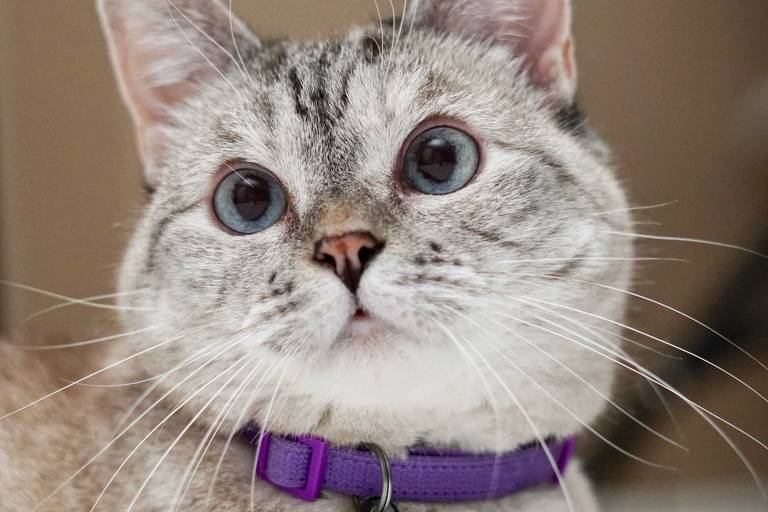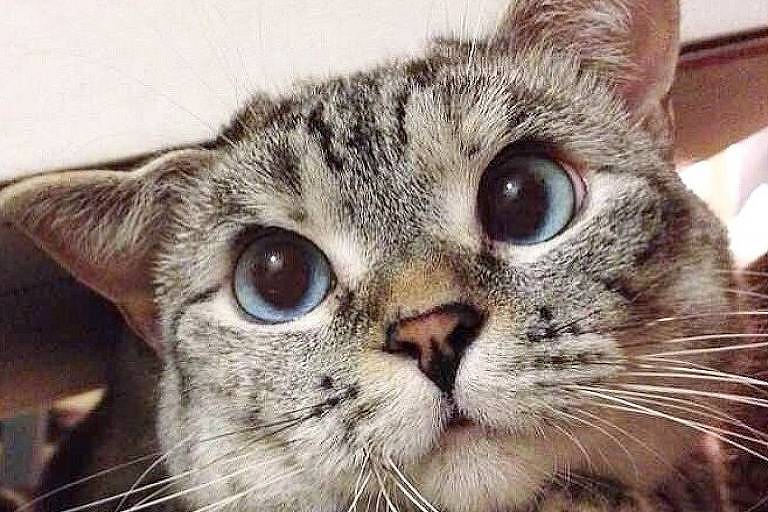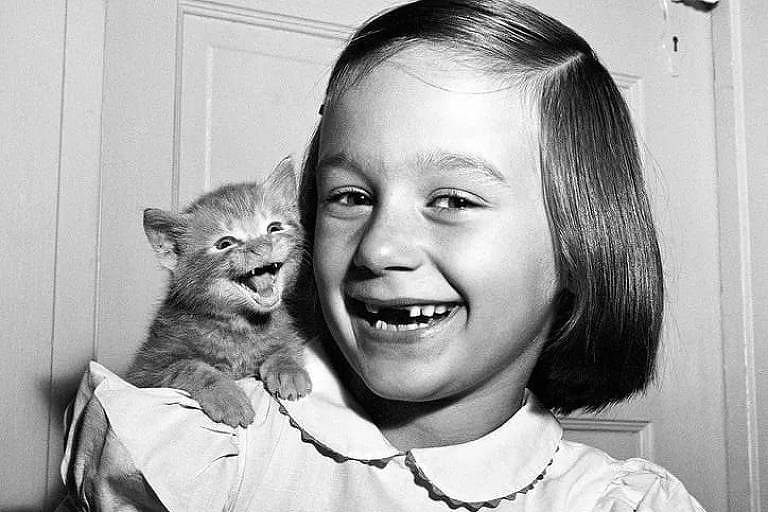From Ancient Egypt to Instagram: How Cats Conquered the World

For millions of cat lovers around the world, World Cat Day isn't just celebrated this Friday (8), but every day. This is especially true on social media, where content about these small domestic predators is among the most popular and clicked on the internet. On Instagram, no one can match Nala, the cat with the most followers on the platform: 4.4 million. A Siamese mix, she launched her own cat food brand with a wide variety of flavors in her "catalogue."
Alongside their furry friends, even big world stars like Taylor Swift , Miley Cyrus and Justin Bieber seem like normal people when posting photos with their now-famous cats.
But celebrity cats are definitely not an invention of the networks.

Independent as they are, cats don't depend on the internet to be popular—after all, humans' love for these silent hunters dates back more than 10,000 years.
The rapprochement between cats and humans began with the advent of agriculture and food storage. This was around 9000 BC in the Fertile Crescent region of the Middle East. Soon, felines were also taken on ships as mouse and rat hunters. It was then that they spread across almost the entire globe. Today, cats are found on every continent except Antarctica.
In almost every culture, they were considered useful and fascinating. Highly prized as pest controllers, cats have also always captured people's imaginations because of their never-quite-domestic nature.
In Ancient Egypt , for example, the domestic cat symbolized the positive qualities of the goddess Bastet. Daughter of Ra in cat form, the deity was considered the guardian of the home, warding off evil spirits and disease.
The Egyptians, in fact, venerated their cats. According to the accounts of the Greek historian Herodotus (490/480 – 424 BC), after the death of a beloved pet, they would shave off their eyebrows as a sign of mourning, have the cat embalmed, and bury it in a consecrated vessel.
Cats also have a long and complex history in East Asian culture, with their presence often associated with luck, prosperity, and protection. It's no wonder: in China, cats have protected precious silkworm and tea crops from rats and birds since their domestication around 1400 BC. In Japan, humans and cats only came to an understanding about 1,800 years later—for a long time, it was believed that cats could transform into demons.
Today, the Japanese Maneki-Neko (or "beckoning cat" in English) is ubiquitous—and not just in Japan: according to belief, the famous cat with its waving paw attracts luck and wealth. With its eternal smile, the lucky cat has long since spread across much of the globe, just like real-life cats.
By the way: the paw it waves carries different meanings. According to popular tradition, cats with their right paw raised represent male cats, which are supposedly attracting prosperity and good luck. A Maneki-Neko raising its left paw is considered female and serves to attract customers and visitors.
But cats haven't always enjoyed a good reputation around the world. In medieval Europe, for example, they were long suspected of causing the Plague. Pope Innocent VIII (1432-1492), who apparently abhorred cats, officially declared them "pagan animals in league with the devil." Because of this, felines were tormented, tortured, and even burned for many years.
Although there are regions of the world where cats are currently tolerated at best, they have become increasingly popular as pets. The majority of domestic cats, approximately 74 million, live in the United States, followed by China with 53 million—Brazil ranks sixth on the list, with 12.5 million cats. The majority of cat owners, however, are in Russia: 58% of all Russian households have one or more cats.
But where does this fascination come from? Unlike Catholics, the Orthodox Church viewed cats favorably due to their usefulness, and thus, as a symbol of wealth, they became welcome tenants in wealthy homes. For centuries, dozens of cats, mostly males, lived in the Hermitage Museum in St. Petersburg to keep the extensive cellars virtually rodent-free. Today, it's even possible to "adopt" Hermitage cats. This guarantees the animals food and care—costs not covered by the Russian state.
Meanwhile, Russia's great love for cats is now expected to benefit Russian President Vladimir Putin as well: he will be paired with Matroskin the cat in the popular animated series "Prostokvashino," according to the show's production company. The Kremlin officially has no objections. True to their nature, cats probably don't care either.
uol



%2Fhttps%3A%2F%2Fs04.video.glbimg.com%2Fx720%2F3783935.jpg&w=3840&q=100)
%2Fhttps%3A%2F%2Fs04.video.glbimg.com%2Fx720%2F13825075.jpg&w=3840&q=100)
%2Fhttps%3A%2F%2Fi.s3.glbimg.com%2Fv1%2FAUTH_59edd422c0c84a879bd37670ae4f538a%2Finternal_photos%2Fbs%2F2025%2Fp%2Fq%2FY5BNeJS6G7ByqXCakGww%2Ffoto-no-tamanho-home-2025-08-07t122417.398.png&w=3840&q=100)
%2Fhttps%3A%2F%2Fi.s3.glbimg.com%2Fv1%2FAUTH_59edd422c0c84a879bd37670ae4f538a%2Finternal_photos%2Fbs%2F2025%2Ft%2FY%2FjImAA6QhALa02REBK5KQ%2Fmg-5213.png&w=3840&q=100)
%2Fhttps%3A%2F%2Fi.s3.glbimg.com%2Fv1%2FAUTH_59edd422c0c84a879bd37670ae4f538a%2Finternal_photos%2Fbs%2F2025%2Fa%2Fg%2FDQYgYnRHSNXzdTX9WV7A%2Fwhatsapp-image-2025-05-30-at-07.34.08.jpeg&w=3840&q=100)